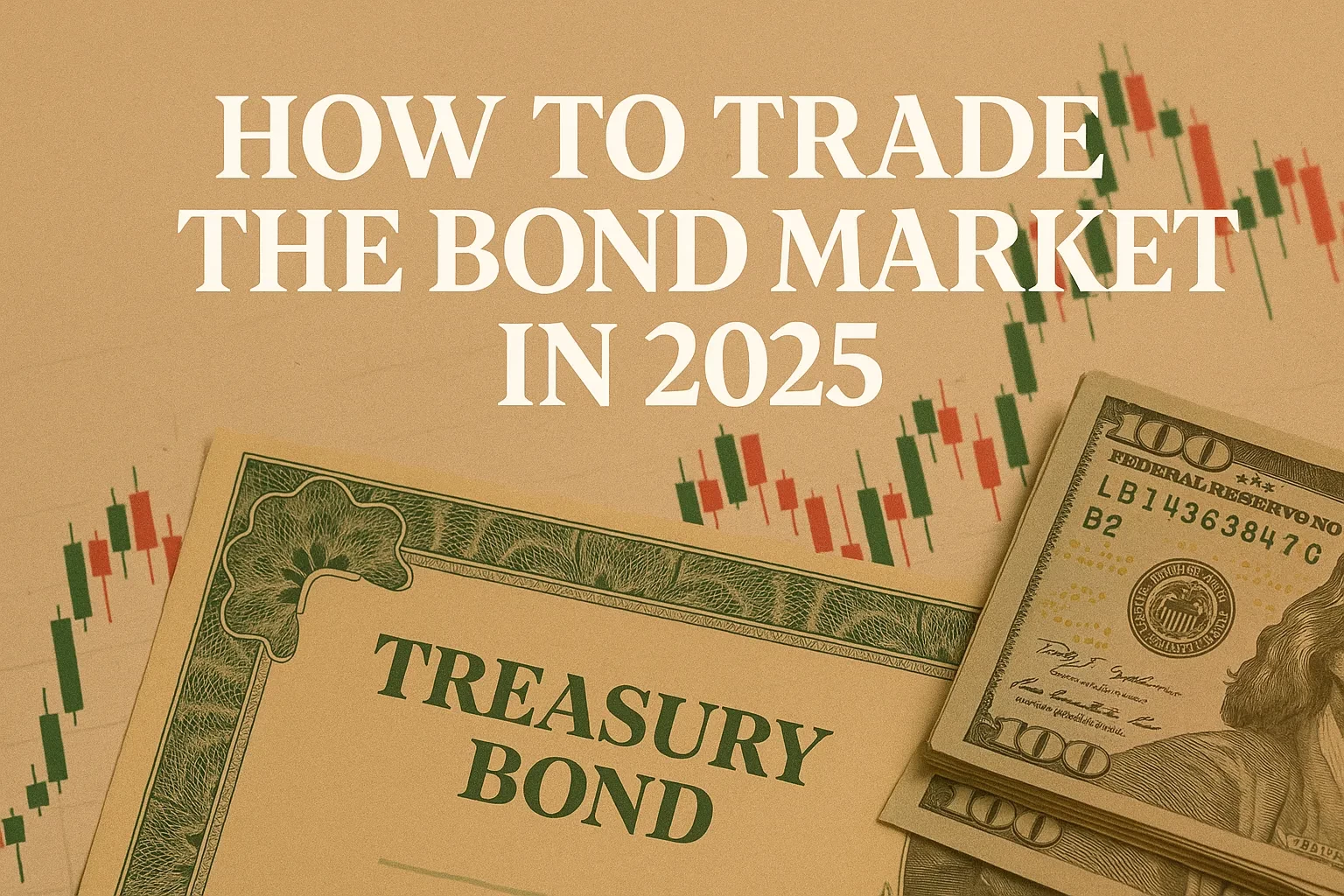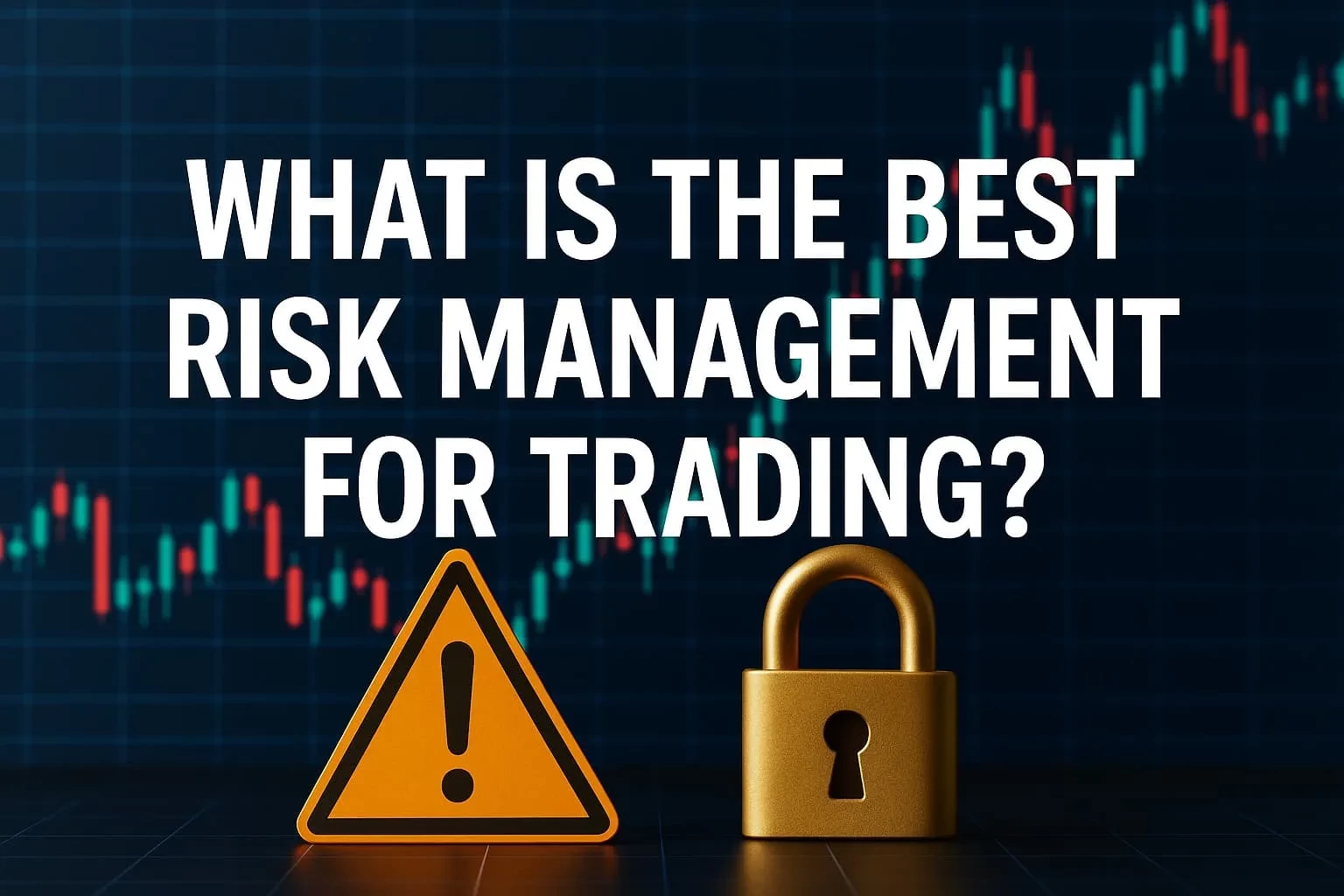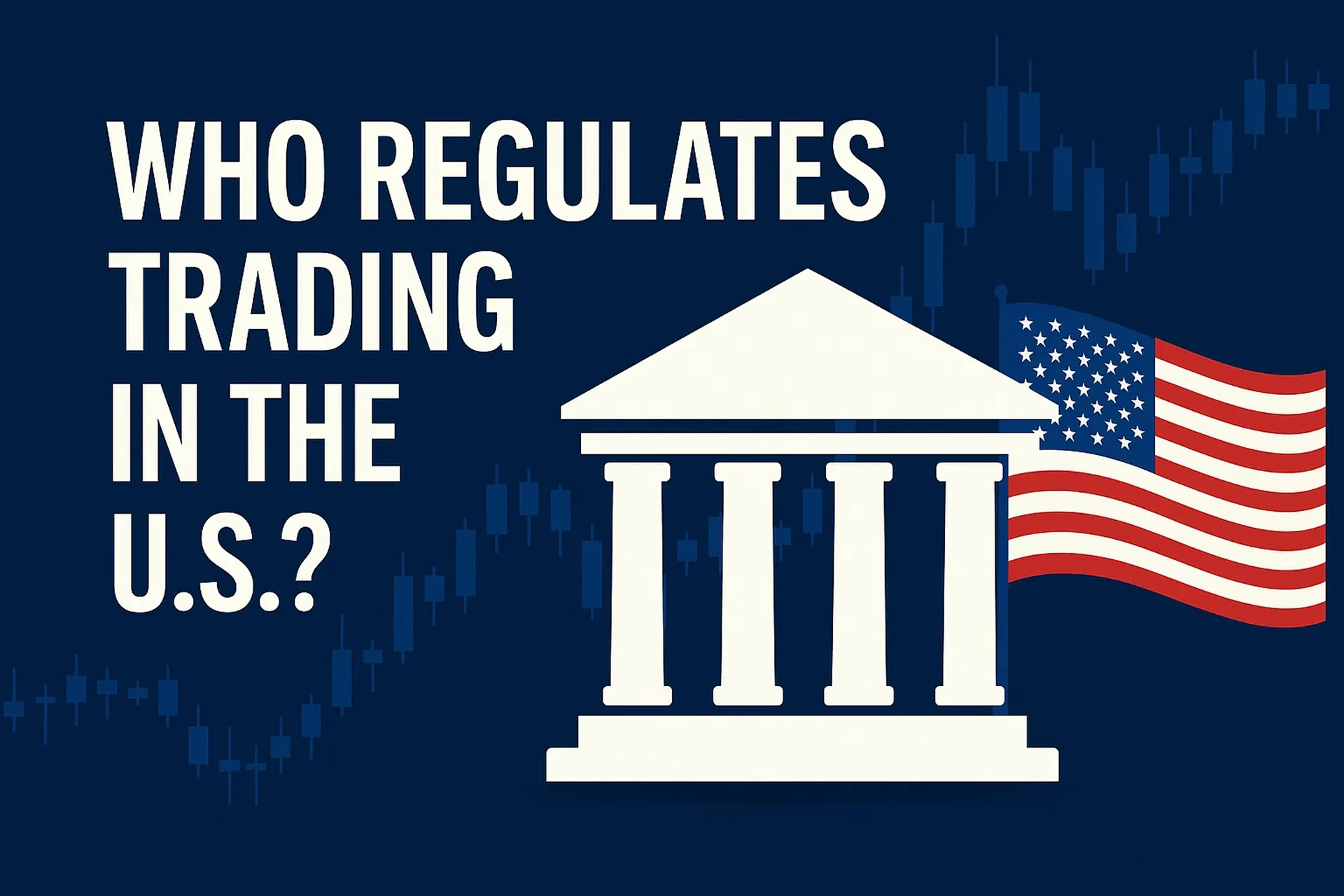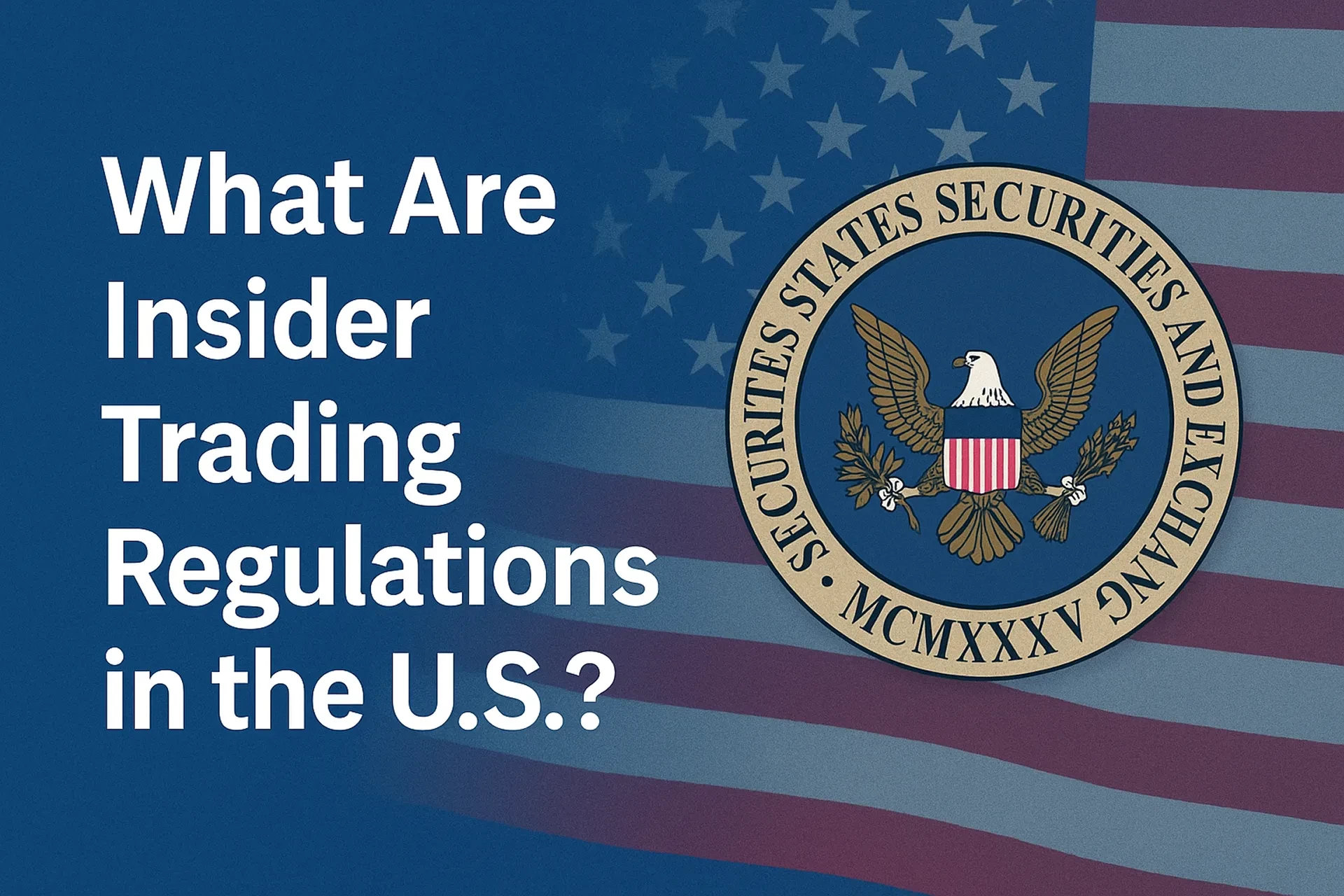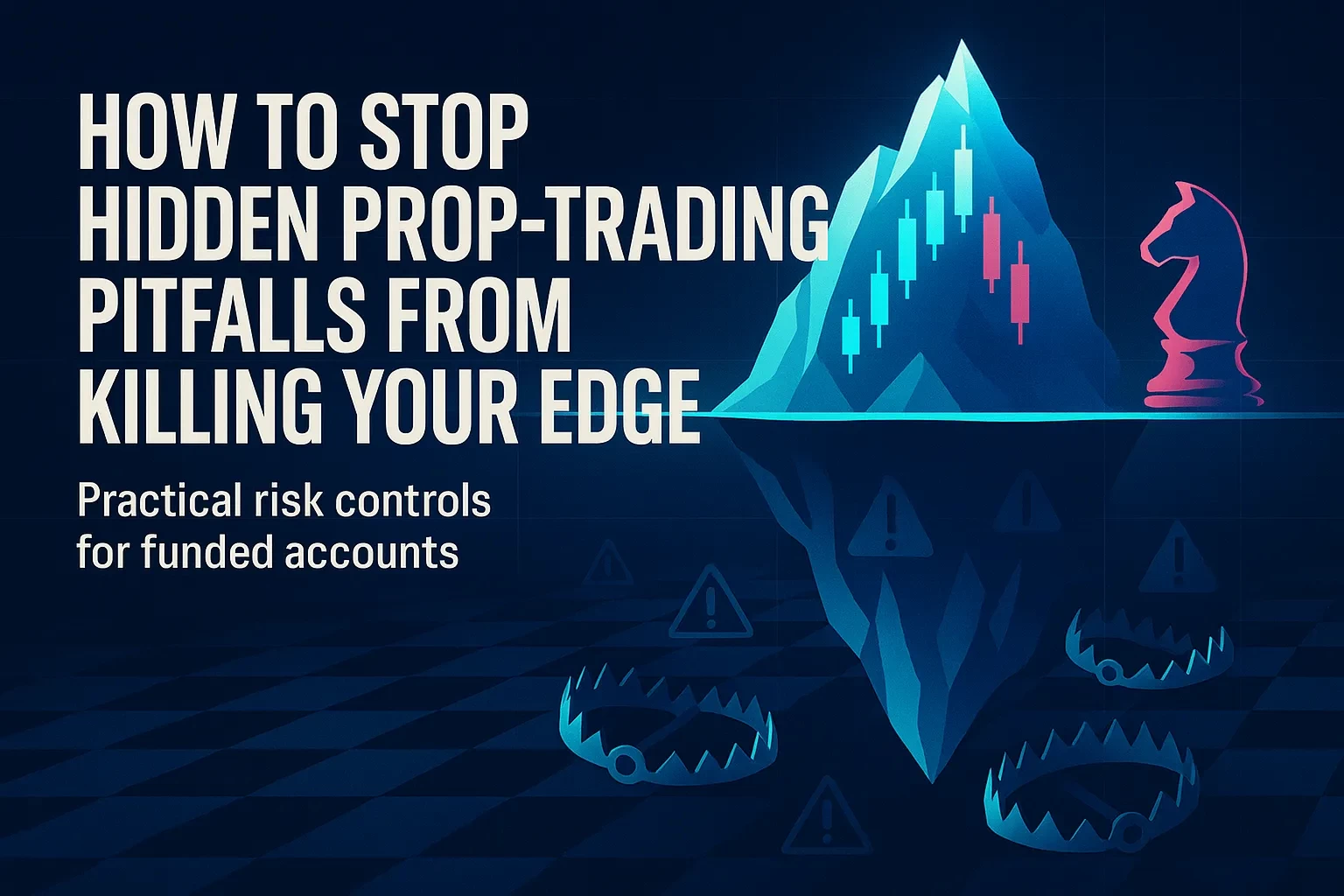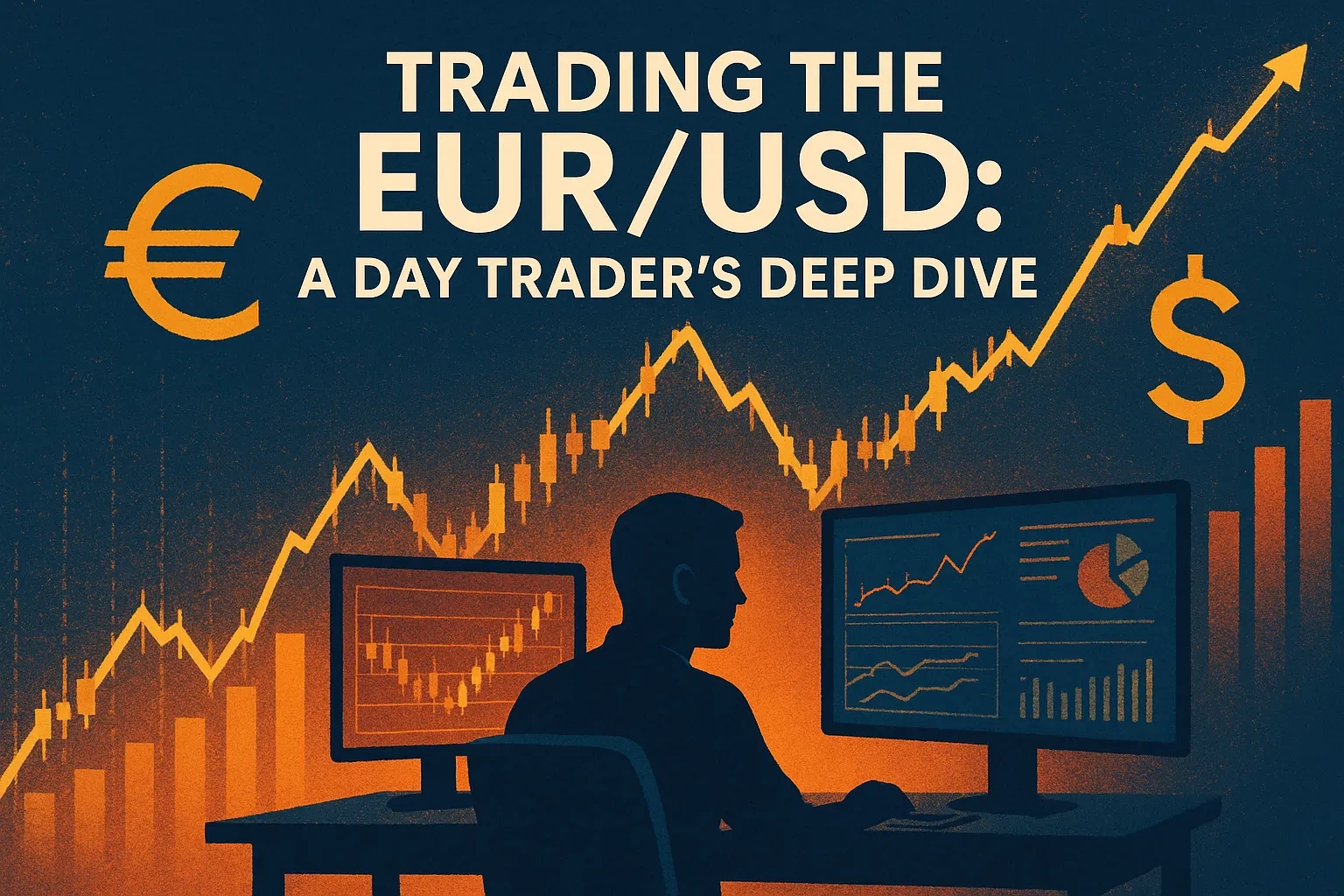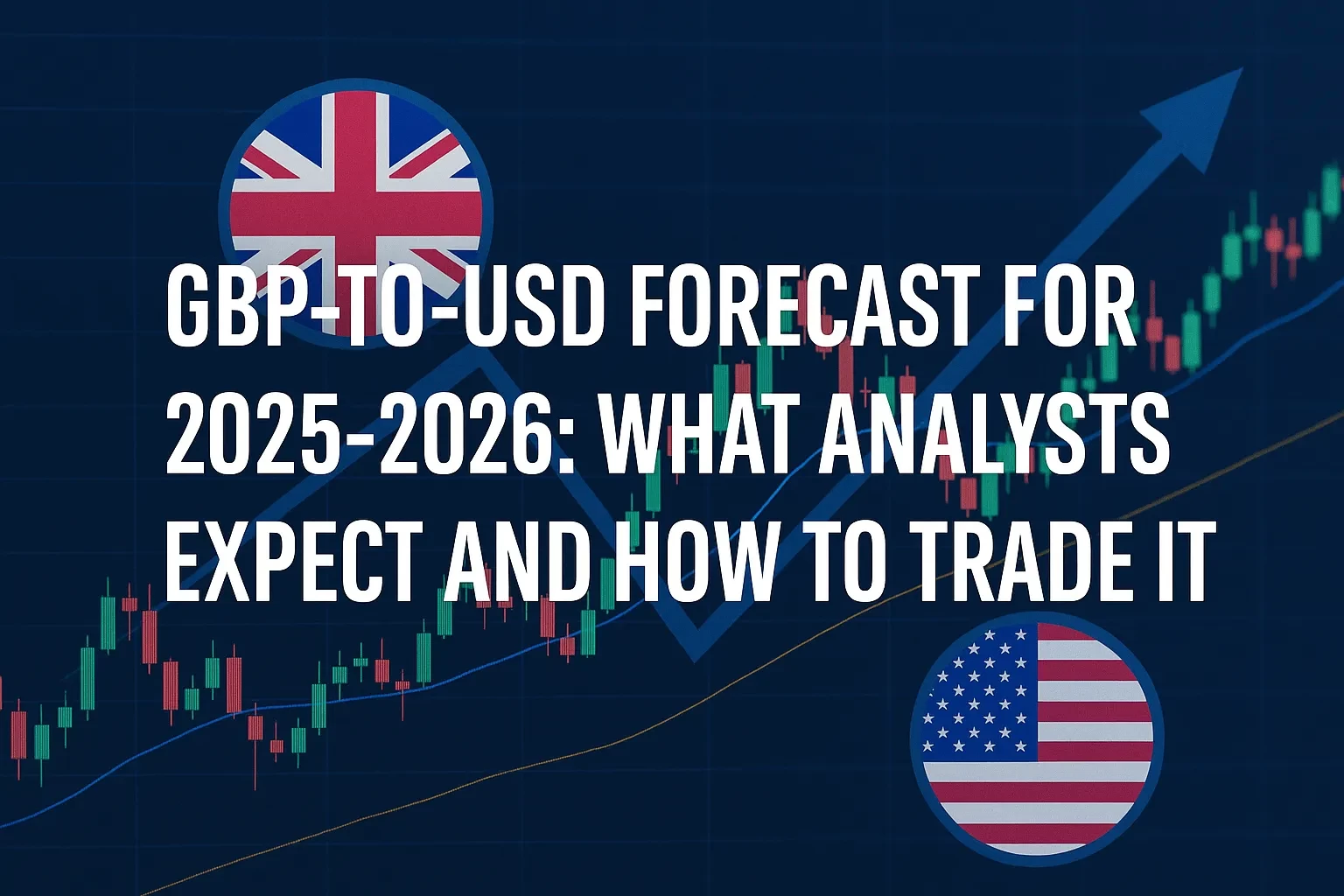Answer up front: The golden rules of trading are a small set of habits that protect your capital, keep you compliant, and make your edge repeatable: define risk first, size positions mechanically, follow a written plan, and review results relentlessly. If you apply these rules consistently—before you think about profits—you’ll stay in the game long enough for your edge to matter.
Disclosure: If this article mentions brokers, tools, or platforms and you later use affiliate links, include a clear FTC disclosure near that link.
Table of Contents
Why these rules matter now
Markets in 2024–2025 have been fast, tech-driven, and occasionally disorderly. Regulators have responded with record enforcement and investor-protection actions (and warnings about scams), which should shape how you operate day to day. The CFTC reported record monetary relief in FY 2024 and continued fraud advisories into 2025; the SEC likewise highlighted heightened investor-protection activity. These aren’t headlines to gawk at—they’re reminders that your process must be both risk-aware and compliant. (CFTC, 2024; SEC, 2024).
Meanwhile, many losses aren’t due to a “bad stock” or “bad fill.” They come from over-sizing, over-trading, and not understanding margin, pattern-day-trader (PDT) thresholds, or broker protections like SIPC coverage (which is not a trading-loss insurance). You can neutralize these tripwires with a concise rule set grounded in risk, process, and U.S. market rules updated through 2024–2025. (FINRA, 2024; SIPC, 2024).
A plain-English foundation (definitions you’ll use)
• Risk per trade (R): The dollars you’re willing to lose if your stop is hit. If you risk 1% of a $25,000 account, R = $250.
• Position sizing: Converting R into shares/contracts using your stop distance.
• Edge: A repeatable setup whose wins and losses produce a positive expectancy over many trades.
• Drawdown: The % drop from a peak in your equity curve.
• PDT rule (equities/options): Four or more day trades in five business days, in a margin account, requires maintaining $25,000 equity; brokers must enforce restrictions if you’re under the threshold. (FINRA, 2024).
• SIPC protection: Up to $500,000 per customer (cash sub-limit $250,000) if a SIPC-member brokerage fails—not protection against market losses. (SIPC, 2024).
The 10 golden rules of trading (step-by-step you can actually follow)
1) Protect capital first: hard-cap your risk per trade
Pick a fixed fraction (e.g., 0.25%–1.0% of account equity per trade). This “R” is sacred—no adding to losers, no moving stops wider. Professional risk systems exist for a reason; even at the exchange/clearing level, regulators emphasize robust risk controls to prevent disruptions. You need the individual-trader version of that discipline. (CFTC, 2025).
How to do it:
• Decide your max R as % of equity.
• Pre-compute R in dollars weekly; write it atop your trading plan.
• If volatility expands, keep R fixed and reduce size.
2) Size positions with math, not mood
Formula: Position size = R / stop distance.
If R = $200 and your stop is $0.50 away, buy 400 shares. If the result exceeds your broker’s buying power or risk tolerance, you trade smaller or skip it. This is how you avoid a one-trade catastrophe.
3) Know and respect U.S. market rules that directly affect you
• PDT (equities/options): Maintain $25,000 equity or you may be restricted from day trading; brokers apply related margin limitations and calls. (FINRA, 2024).
• Regulators to know: SEC (securities), CFTC (futures, options on futures), NFA (self-regulatory for U.S. derivatives), FINRA (broker-dealer SRO). Their 2024–2025 actions show a focus on investor protection and fraud prevention—stay within the rules. (SEC, 2024; CFTC, 2024; NFA, 2025).
• SIPC: Understand what it does and doesn’t protect. (SIPC, 2024).
4) Trade a written plan only
Your plan defines entries, exits, invalidation, and news filters. If a setup doesn’t fit the page, it doesn’t get your capital. Updates happen during after-hours reviews, not mid-trade.
5) One setup, many markets—not many setups in one market
Specialize in a setup (e.g., opening-range breakout, pullback to VWAP, trend-continuation on higher-timeframe support). Apply it across instruments you’ve vetted for spread, liquidity, and clean behavior.
6) Separate research from execution
Research builds a watchlist and levels; execution is dumb-mechanical. You can be creative in research but must be boring in execution.
7) Track every trade; audit weekly
You manage what you measure. Keep a ledger with R, size, expectancy, and screenshots. Regulators’ 2024–2025 reports underscore how messy situations get when records are sloppy; your private records keep you honest and improve faster. (SEC, 2024).
8) Avoid avoidable risks (platforms, scams, and social-media “alphas”)
The CFTC’s late-2024/2025 advisories flag common fraud patterns (fake sites, manipulated dashboards, romance/“wrong-number” lures). If a pitch hinges on guaranteed returns, secrecy, or sending crypto to “upgrade” withdrawals, back away. Always verify registrations in NFA BASIC before sending funds to a futures/forex firm. (CFTC, 2024; CFTC, 2025).
9) Guard your energy and time
Set time stops (e.g., if trade hasn’t moved after N bars, exit). Throttle daily trade counts to prevent revenge-trading—and to avoid running afoul of PDT constraints inadvertently. (FINRA, 2024).
10) Review, then raise size only when the data says so
When your last 30–50 trades show positive expectancy and max drawdown < your pain threshold, increase size in tiny increments (e.g., +10% position size) and re-evaluate.
A practical, mechanical position-sizing example (with simple math)
Scenario: You have $30,000. You risk 0.5% per trade. You’re buying a stock at $40 with a stop at $39.20.
• R = 0.5% × 30,000 = $150
• Stop distance = $0.80
• Size = $150 / $0.80 = 187 shares (round to 185)
• If your target is $41.60 (2R), potential gain ≈ $300; if stopped, loss ≈ $150.
This math-first approach forces consistency regardless of market mood.
The only table you need: convert risk into size
| Account Equity | Risk % (R) | Dollar R | Stop Distance | Position Size (shares) |
|---|---|---|---|---|
| $25,000 | 0.50% | $125 | $0.50 | 250 |
| $25,000 | 0.25% | $62.50 | $0.40 | 156 |
| $50,000 | 0.50% | $250 | $1.00 | 250 |
| $75,000 | 1.00% | $750 | $2.50 | 300 |
Takeaway: once you fix R, size becomes a simple division—emotion is out of the loop.
Pros, cons, and risk controls (the honest view)
Pros of a rules-first approach
• Protects you from tail events and platform hiccups.
• Keeps you compliant with margin/PDT rules. (FINRA, 2024).
• Easier to scale: you can hand your plan to future-you (or software).
Cons / trade-offs
• Fewer thrills—discipline feels “slow.”
• You’ll skip marginal trades that later run (that’s okay).
• Sizing smaller in high-volatility weeks can feel like “leaving money on the table.”
Concrete mitigations
• Use volatility filters (e.g., only trade if ATR < threshold relative to stop).
• Hard-code max daily losses (e.g., 2R) and walk away.
• Maintain off-platform backups of journals and screenshots.
Mini case study: one week to stop the bleeding
Trader A has $25,500 and keeps tripping PDT flags with 8–10 intraday round trips per week. After two red days, equity dips to $24,900—day trading restrictions kick in. Trader B has the same account but risks 0.5% per trade, limits to 2–3 A-setups daily, and avoids churning.
• A (before rules): $25,500 → $24,900 (-2.4%) + PDT restriction + frustration.
• B (after rules): Three trades/day max, avg stop $0.60, size via R. Weekly P/L: +3R → +$375 (at $250 R) while staying above $25K and within rules. (FINRA, 2024).
Compliance and U.S. regulators you should actually know
• SEC (securities/ETFs/options): Mission is investor protection and fair markets; 2024 reports detail enforcement and education pushes that matter for retail behavior. (SEC, 2024; SEC, 2024).
• CFTC (futures/derivatives): 2024 enforcement hit records; 2024–2025 advisories warn of social-media and messaging-app frauds. (CFTC, 2024; CFTC, 2024).
• NFA (derivatives SRO): Publishes rule updates and annual reviews; check firms and individuals via NFA BASIC before you fund an account or follow a “CTA.” (NFA, 2025; NFA BASIC, 2025).
• FINRA (broker-dealer SRO): Pattern day-trader thresholds and related margin rules you must respect. (FINRA, 2024).
• SIPC: If a brokerage fails, SIPC may step in up to $500k per customer (cash sub-limit $250k). Not insurance against market losses. (SIPC, 2024).
Common mistakes & expert fixes
• Mistake: Using fixed share counts regardless of stop distance.
Fix: Convert everything to R. If stop doubles, size halves—automatically.
• Mistake: Trading to avoid missing out on news-driven moves.
Fix: Add a news filter (e.g., skip entries 5 minutes before/after top-tier releases).
• Mistake: Ignoring scam tells (withdrawal “fees,” guaranteed returns, pressure to move to “VIP”).
Fix: Verify registrations and disciplinary history in NFA BASIC; assume anything can be faked online. (CFTC, 2024; NFA, 2025).
• Mistake: Thinking SIPC means “my trades are insured.”
Fix: It only applies if your SIPC-member broker fails and assets are missing; it never covers bad trades. (SIPC, 2024).
A simple, original framework you can adopt tomorrow: R.E.A.L.
• R — Risk first: Fix R as a % of equity; pre-compute dollar R weekly.
• E — Edge next: One setup, tested, with a pre-defined invalidation.
• A — Automation of decisions: Checklists for entry/exit, position size formula, time stops.
• L — Learning loop: Journal screens + stats; weekly review; one change per week.
This keeps your head clear and your behavior consistent—even when markets aren’t.
FAQ
Conclusion: your next steps (do this in order)
• Write your plan on one page: setup, timeframes, invalidation, risk %, size formula, time stop.
• Backtest or paper trade 30–50 samples; record stats and screenshots.
• Trade small for another 50 live samples; cap daily loss to 2R.
• Verify compliance: If day trading equities, keep equity ≥ $25,000 or throttle frequency to avoid PDT flags. (FINRA, 2024).
• Operational hygiene: Enable 2FA; bookmark NFA BASIC; skim new CFTC/SEC bulletins monthly. (CFTC, 2024; SEC, 2024).
Risk disclaimer (read this)
Trading involves substantial risk of loss and is not suitable for every investor. No strategy guarantees profits. Past performance does not predict future results. Consider your financial situation, risk tolerance, and consult independent advice where appropriate.



